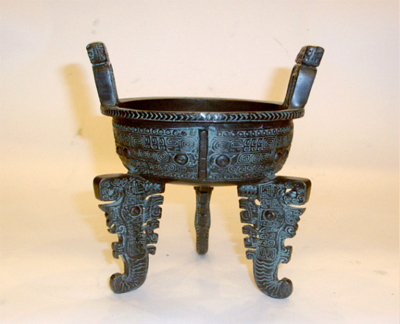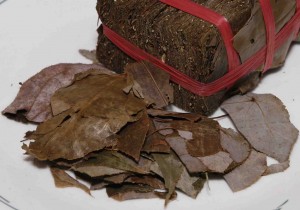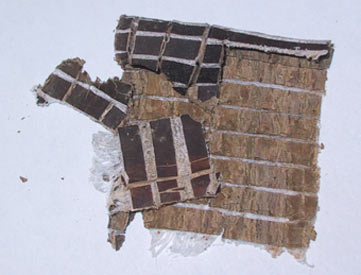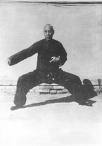Ching Chung Bao also spelled Qing Chun Bao is an interesting tonic I found while on my quest for Shark Oil.
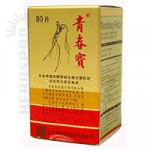
It’s meant to be taken twice a day and over a long period of time. The bottle says, “Main functions: Postponing aging, maintaining youthful face, enhancing youthful vigour.” Sounds good to me!
These are the listed ingredients:
- Ginseng
- Rehmannia Root
- Chinese Asparagus Root
- Siberian Solomon Seal
- Cistanches
- Goji Berries
- Astragalus root
All of the above are Tonic Herbs. As long as there aren’t any hidden ingredients, I think this is a superb formula to take over time. Everyone’s heard of goji berries and ginseng. Solomon Seal is a wonderful lesser known tonic that is said to help restore your body after stress and over indulgence. Cistanches is a great nitric oxide enhancer and probably a decent pde-5 inhibitor (must research that sometime). Astragalus is another great tonic and has a reputation for enhancing your immune system. You should be able to find it for about 8 usd a bottle.
Generally, and according to the traditional chinese medical system, all of these types of tonics that benefit the kidney and liver system are good for anti-aging because those are the systems that are mostly responsible for keeping us young. They govern the condition of your hair, teeth, bones, connective tissue, memory, sex drive and youthful vitality. Check out the jing post on this site for more info.
Although this one is interesting, I doubt I can commit to taking it religiously twice a day. Anyone interested in trying this one out?

